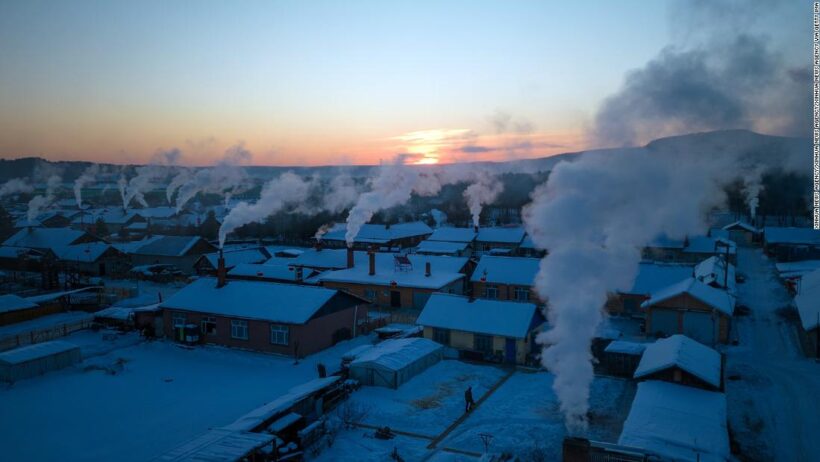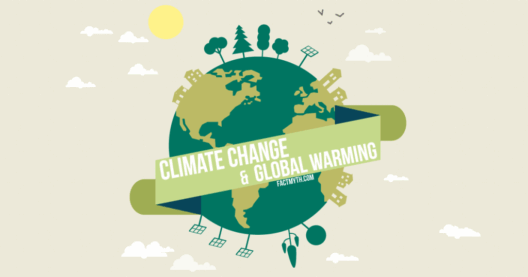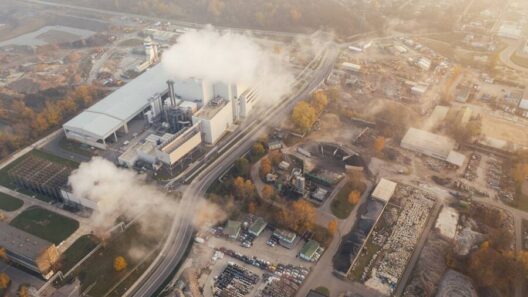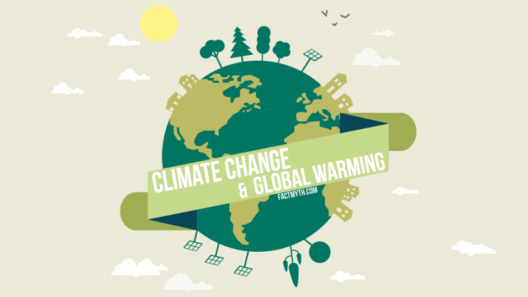In the frigid grip of winter, as frost etches delicate patterns on windows, an age-old question emerges in the public sphere: Are extreme cold snaps a consequence of global warming? This inquiry invites a deeper exploration into the complex interplay between climate fluctuations and anthropogenic influences. While one might idealize winters as a return to idyllic pastoral scenes, the reality is anything but simple. The story of temperature extremes is a multifaceted tapestry woven from the threads of climate science, atmospheric dynamics, and our increasingly erratic environment.
To tackle this conundrum, we must first understand what we mean by “extreme cold snaps.” These abrupt, severe drops in temperature can lead to dangerously low conditions, resulting in significant impacts on both human and ecological systems. They are often defined as periods when the temperature falls far below the seasonal average, usually marked by inhospitable wind chills and frosty dalliances that linger well beyond their welcome. But how does this phenomenon relate to a warming planet?
Picture the Earth as a vast, interwoven quilt, stitched together from myriad atmospheric currents and climatic patterns. These threads work harmoniously under usual circumstances; however, when disturbed, they can unravel into chaotic disarray. Global warming, primarily driven by the accumulation of greenhouse gases, disrupts these natural patterns, leading to an array of climatic anomalies, including the aforementioned cold snaps.
The Arctic region serves as a bellwether for changes in our climate system. As Arctic ice diminishes, the temperature gradient between the poles and the equator narrows. This alteration can weaken the polar vortex—a massive, swirling band of cold air that encircles the Arctic. When the polar vortex is robust, it keeps frigid Arctic air confined to its domain. But with the vortex weakened, it becomes more susceptible to disturbances, allowing frigid air masses to spill southward into temperate regions, creating extreme cold events.
Thus, while the prevailing narrative often associates global warming with rising temperatures, it is essential to recognize that it can concurrently lead to more frequent and intense cold snaps. This paradox reflects the unpredictable nature of climate systems, akin to a pendulum that sometimes swings too far in one direction, only to revert forcefully in the other.
One must not overlook the multifarious contributions to these extreme weather events. The El Niño and La Niña phenomena, for instance, are pivotal players in shaping global weather patterns. These oscillations affect ocean temperatures and, consequently, atmospheric conditions, further complicating the narrative of extreme cold associated with global warming. Consequently, it is integral to consider that while warming alters atmospheric dynamics, they are not solely responsible for the sporadic bursts of cold.
The interplay between urbanization and climate change invites scrutiny as well. Urban heat islands, characterized by asphalt and concrete, absorb and retain heat more than natural landscapes. In this context, cities may experience heightened winter temperatures compared to their rural surroundings; however, they can also be acutely affected by nearby cold plunges. The interaction between local microclimates and larger climatic trends reflects a nuanced layer of complexity when examining extreme cold events.
Moreover, there are socio-economic implications of extreme cold snaps that merit attention. Vulnerable populations, especially those in economically disadvantaged areas, are disproportionately affected by harsh winter weather. Inadequate infrastructure, insufficient heating resources, and heightened exposure to inclement weather can exacerbate health risks among these communities. Therefore, understanding the dynamics of extreme cold is not merely a scientific pursuit; it encompasses a moral imperative to protect the most vulnerable members of society from the harsher realities wrought by climate variability.
The metaphoric kaleidoscope of climate change illustrates the precipitous nature of our environment; as we shift our view, vibrant patterns of uncertainty and complexity emerge. The correlation between global warming and extreme cold snaps is a vivid example of how interlinked yet paradoxical our climate narratives can be. Recognizing the dualities of climate change—wherein warming produces both heat and cold extremes—is crucial in fostering a comprehensive understanding of our planet’s changing climate.
In the face of these shifts, the need for adaptive strategies and mitigation efforts becomes ever more urgent. Communities must prepare for the reality of erratic weather patterns and invest in sustainable infrastructure that can better withstand the brunt of both scorching summers and bone-chilling winters. The importance of robust climate policies cannot be overstated, as they hold the key to steering humanity away from the precipice of climate chaos.
As we continue to unravel the intricate layers of our planet’s climate system, one undeniable thing stands clear: the dialogue surrounding global warming must be inclusive of all its manifestations, including extreme cold events. The narrative is not simply one of warming; it is a tapestry wherein threads of cold are interwoven amidst the broader fabric of climate change. The dialogue must persist, evolve, and expand, as understanding these phenomena is a cornerstone of our collective effort to confront and mitigate the repercussions of a warming world.
In conclusion, the quest to decipher whether extreme cold snaps are a byproduct of global warming reveals an intricate mosaic of atmospheric dynamics and climate interactions. As the planet warms, it does not simply produce heat; it creates conditions where cold can thrive—often with unforeseen consequences. Understanding this complex relationship is pivotal in fostering resilience and adapting to the new climatic realities that await us.







